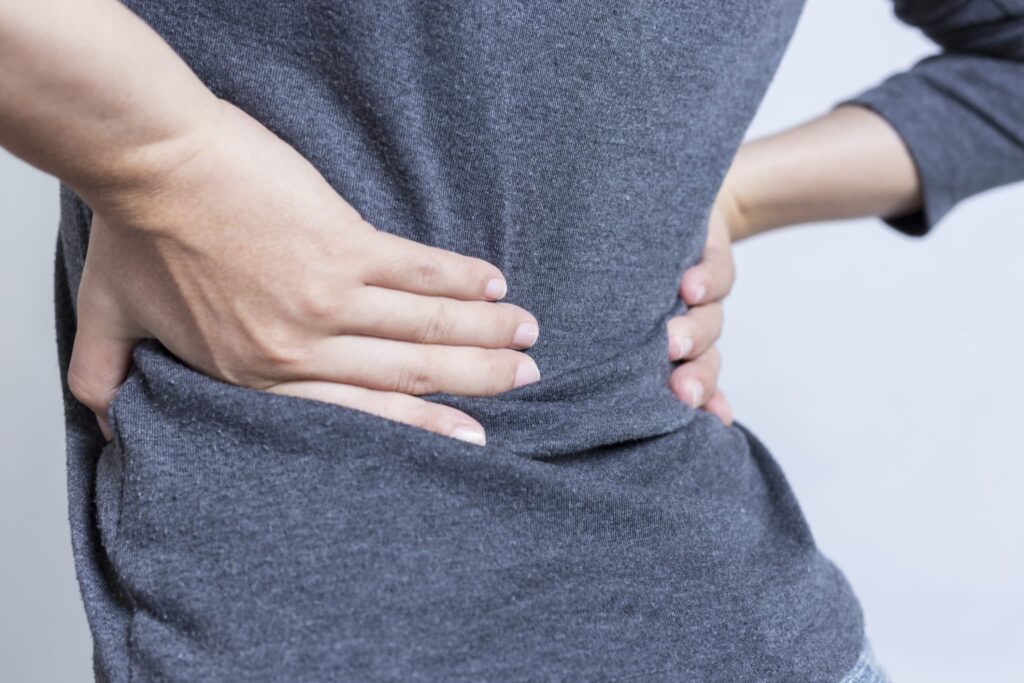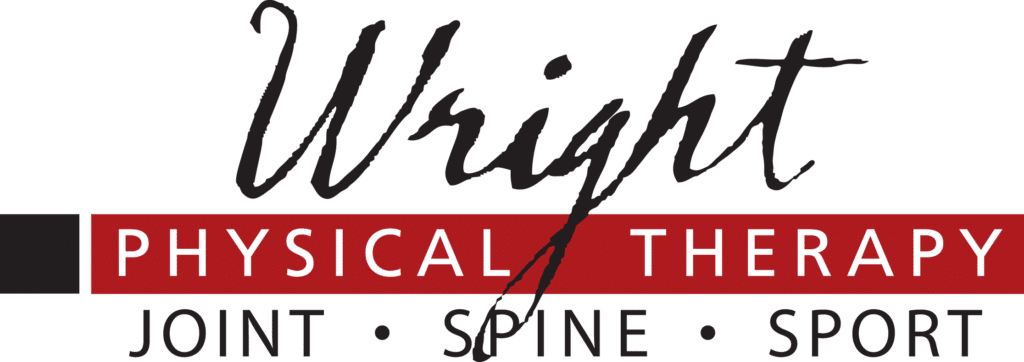ALL TOO COMMON OCCURRENCE
Daily, we see patients who are concerned about the course they should take to heal their back pain. They clump their low back pathology with every horror story they have encountered through the years. They receive advice or tips that can sometimes be ineffective or misleading, causing confusion and fear about their treatment options. Our aim with these individuals is to utilize a skilled classification system and evidence-based treatments to aid in identification and treatment of Low Back Pain (LBP).
A FEW STATS
Statistically, we know that approximately 80% of all Americans will experience low back pain in their life and 80% of those conditions will be recurrent in nature. What has not been well defined statistically is the proper categorization of low back pain (partly due to the diverse levels of opinions on what should be done with the low back). In fact, some literature reports that 85% of back troubles are of unknown origin. This further leads to the indecisiveness experienced by many with their spine. A “Key” stat that all practitioners should be aware of is that 77% of all mechanical low back pain, including those with radiculopathy, can be abolished and restored to within functional limits without requiring invasive treatments.
CLASSIFICATION
We can classify back pain into three main categories, that can be further sub-classified in order to treat with confidence. The three main classifications are BEHAVIORAL, CHEMICAL, and MECHANICAL. While all three of these categories can be present at the same time and interplay one with another, the greatest reason for low back pain is due to mechanical causes. These mechanical sources include, but are not limited to, instability, ruptured or bulging discs, stenosis, muscular impairments, etc. Because of this long list of potential issues, it is essential that we get to the root cause and work to resolve with issue through clear diagnostics. For optimal outcomes, sub-classifications can further identify the source of the pain and best treatment options.
SUB-CLASSIFICATION
Sub-classifications of mechanical LBP lead to optimal and most powerful treatments. The following sub-classifications perform amazingly well with their associated treatments when diagnosed accurately. Starting with skilled mechanical physical therapy is a potent way to determine if conservative mechanical treatment will solve the problem. Not all physical therapy is created equally. For example, a therapy group may emphasize stabilization for patients but not understand how to reduce a derangement or remodel a dysfunction, leading to an outcome from therapy than is widely different from what could have been experienced. The sub – classification system helps to quickly identify if therapy will help or if surgery is needed. As a general guideline, individuals not seeing substantial improvements in LBP within 2-3 weeks of receiving skilled mechanical therapy may require more invasive treatments.
Sub-classification of treatment options are best selected through clinical prediction rules, mechanical responses, subjective reports and the interplay of special tests. The following list comprises main subclassifications used to obtain ideal outcomes:
1. Mechanical Therapy– The McKenzie Method of mechanical diagnosis and therapy (MDT)
emphasizes active patient involvement and education in evaluating the nature and severity of
back, neck problems. Mechanical therapy is all about patient and therapist generated forces in the correct plane, with the correct forces. The key feature of MDT is the initial assessment, which determines the cause of the pain. It also features use of repetitive motions to assist in guiding your treatment and emphasis of self treatment and prevention of recurrence. Our physical
therapists use this information to develop a personalized treatment plan. This is why WPT doctors of physical therapy work toward and achieve certification (Cert. MDT). Approximately 80% of patients with LBP fall into this classification or treatment.
2. Traction or Decompression –High level traction devices use dynamic on and off decompression
times and are found in Wright Physical Therapy clinics. However, < 10% of individuals truly require this type of treatment to reduce pathology and regain function. Usually these individuals require a form of therapeutic exercise in addition to the benefits derived from traction.
3. Mobilization and Manipulation – Manipulation is a common and powerful treatment option.
“Manipulation” is a grade V mobilization or high velocity low amplitude thrust (HVLA). It is more commonly known as “adjusting” or “popping” affected joints. Mobilizations can be properly applied from Grade I all the way to Grade V to treat hypo-mobile, or tight, joints. With the right clinical prediction rules in place to properly classify, a manipulation for low back pain may be just the right thing. However, “adjusting” is used far too often without proper classification. When used without the right classification or skill, it is like shooting a gun without aiming. When performed appropriately, manipulation provided by a trained physical therapist as an adjunct therapy can make a significant difference in the treatment of pain and range of motion.
4. Instability (Hyper Mobility with symptoms) – This term is used to describe when the spine is
unstable at the deep and middle layer of spinal muscle. It is usually evidenced by prone passive
instability, found in younger age groups, positive active instability test, and positive springing and concordant signs. These individuals require progressive therapeutic exercise with optimal interaction between maximum volitional contraction (MVC) and reducing shear force on the spine. Focus is on deep layered muscles (transversus abdominus, multifidus) as well as larger stabilizers (erector spine, oblique abdominals). Research on stabilization of spinal muscles has shifted the focus of treatment from avoiding to controlling movement in the stabilization classification.
5. Other – This category becomes the “gathering basket” for diagnoses such as stenosis, sinister low back pain related to systemic issues, inconclusive low back pain and any other not categorized as above. Treatments vary based on type and severity.
Low back pain disorders require diligent study and skill development to classify and treat at effective levels. A clinician who fully understands how to classify and treat low back pathology with skill are highly effective in treating low back pain conservatively. This is a powerful way to avoid devastating addiction to opioids or other harmful treatments. Call us at one of our clinic locations to assist in getting to the root pain.


